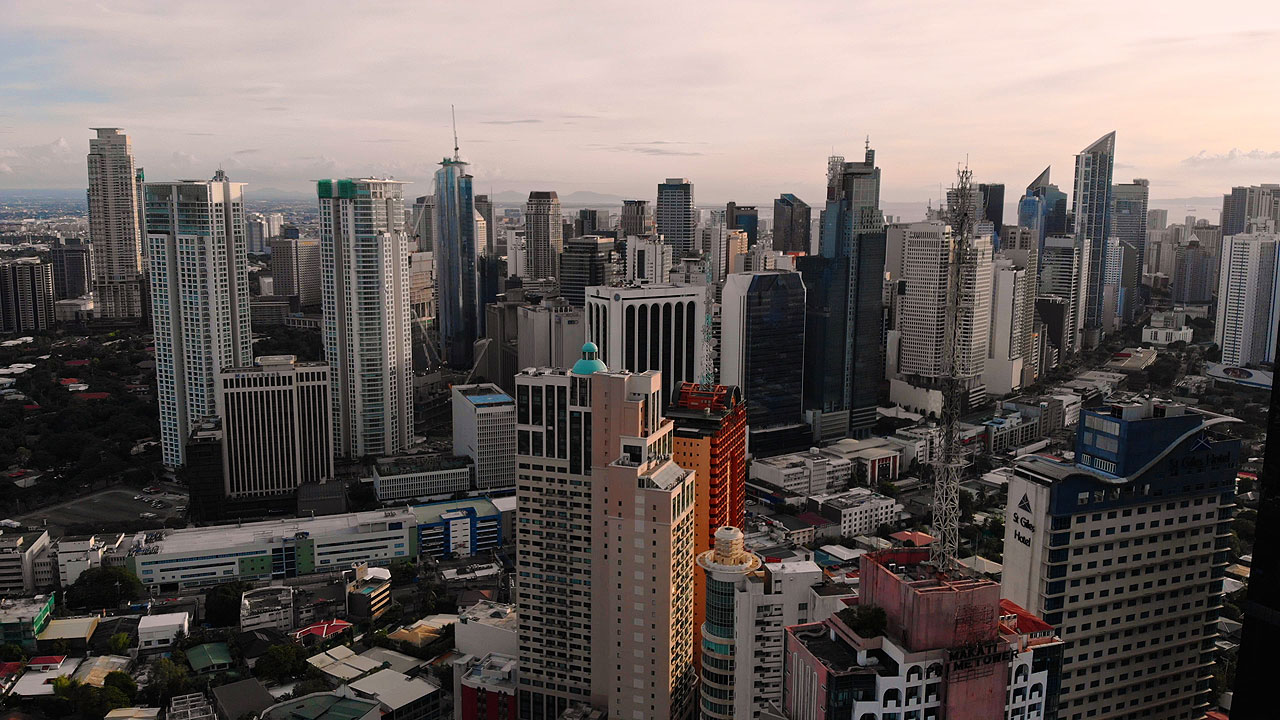
THE economy will likely hit the lower end of the government’s growth target this year, driven by improved employment numbers, First Metro Investment Corp. (FMIC) and the University of Asia and the Pacific (UA&P) said.
“We think the economy has sufficient vitality to still meet the lower part of the government’s target of 6-7%. The growth in employment in the second quarter should feed into second-half income and spending,” FMIC and UA&P said in their latest Market Call.
Gross domestic product (GDP) grew 4.3% in the second quarter, well below the 6.4% posted in the first quarter and the 7.5% from a year earlier. It was also the weakest GDP reading in over two years.
GDP growth averaged 5.3% in the first half, falling behind the pace on the 6-7% full-year target.
“Despite the slowdown in GDP expansion to 4.3% year on year in the second quarter, other key economic data do not preclude full-year growth of 6-7%. Sustained job growth, especially in manufacturing, construction, accommodation and food services and other services, and a slight uptick in exports, with an added boost from the peso depreciation in August, provide some glow for the economy,” it added.
According to the Philippine Statistics Authority, the unemployment rate averaged 4.6% in the first half, lower than the year-earlier reading of 6.1%.
FMIC and UA&P said growth in the second half will need to be driven by “robust gains” in employment and tourism, accompanied by tame inflation.
Government spending is also expected to accelerate in the second half, it added.
“National Government expenditures should accelerate in the second half as it ramps up infrastructure spending, with the Metro Manila subway and North-South Commuter Rail projects leading the way,” it added.
The lower-than-expected growth reading in the second quarter had been partly driven by a decline in government spending, which contracted by 7.1%.
“There remains more work to be done in the second half before we achieve the GDP growth target of 6-7% for the year,” the report added.
Meanwhile, FMIC and UA&P also revised upward their inflation forecast.
“Barring a possible transitory jump in rice and oil prices, inflation continues to move southward. Given these risks, we have upped our full year inflation forecast back to 5.7% from 5.5% last month,” it said.
Inflation eased to 4.7% in July. However, this was the 16th straight month of inflation exceeding the central bank’s 2-4% target.
Inflation averaged 6.8% in the first seven months, still above the central bank’s revised 5.6% full-year forecast.
“While inflation will likely spike in August and September due to higher oil and food prices, we think this will prove transitory as the supply response to high prices should prove adequate to bring year-on-year inflation to BSP’s 2-4% (target) by the fourth quarter,” it added. — Luisa Maria Jacinta C. Jocson



